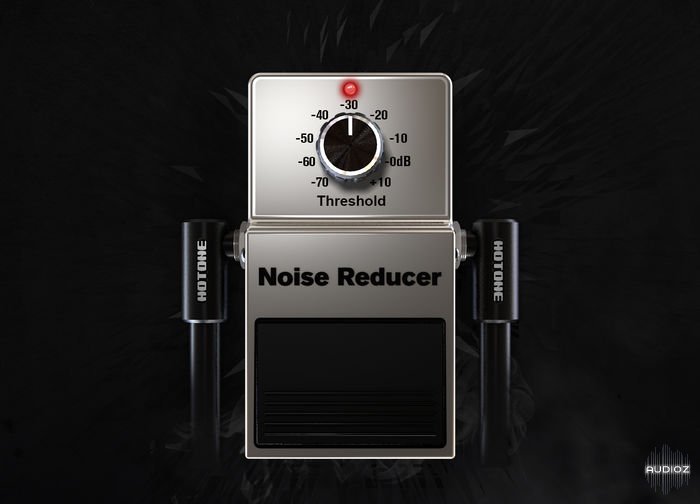Tdr Kotelnikov V1.5.0-tdr Vos Slickeq V1.2.3 For Mac
Trusted Windows (PC) download TDR VOS SlickEQ 1.1.2. Virus-free and 100% clean download. Get TDR VOS SlickEQ alternative downloads. Tokyo Dawn Labs has released version 1.2.3 of the SlickEQ equalizer plugin and version 1.1.2 of the Kotelnikov and Kotelnikov GE wideband dynamics processor plugins. This is a maintenance update that includes an updated settings screen, introduces new local data management helpers, an optional web. Jul 19, 2018 - TDR Kotelnikov GE v1.5.0 Incl Patched and Keygen Team R2R July 16 2018 9.1 MB TDR Kotelnikov is a wideband dynamics processor.
BPB’s A couple of words about top 3 effects. I had pretty interesting concept of a mixture of parallel equalization and splitband compression in one plugin but the approach was just of pure interest without any realistic vision of final plugin. The plugin was created for in a great hurry and under very stressful conditions.
Some parts were created in less than a hour and the most complex part of this project was to bring all components together and quickly create some kind of acceptable GUI. So we have what we have. The sound of the plugin is good, the plugin is really helpful in many complex mixing/mastering situations but GUI usability is far from ideal.

Tdr Kotelnikov V1.5.0-tdr Vos Slickeq V1.2.3 For Mac
That’s why we’re going to re-release this plugin with enhanced workflow and with some new features under. Also I’m very happy with my 2nd place on too! And also thanks to for the current skin. I can’t say, I did a lot for this plugin. In my opinion the most remarkable contribution from me was complete removal of feedback path (lol) and maybe a little help to RMS part (which led to high CPU usage we finally have).
But in I had a great pleasure to implement FDR, variable slope HPF and equal loudness stuff. Also our conversation with Fabien about the name of this plugin was very fun! It was really joyful experience to collaborate with on this project and to program DSP code for it and also to add such nice things as EQ saturation, Soviet mode and auto gain stuff. For I’m still not 100% sure (about 75% actually) for the decision to add tilt filter instead of the 4th band but finally we have unique linear shape tilt, great workflow I’m happy with and also with such small additions as Japanese mode, a couple more saturation types and new HPF/LPF stuff! I like standard freeware version due its extreme simplicity and I use it a lot (although I have GE version too). The CPU usage is higher than desired but we tried to reduce it in recent 1.1.0 update. See you next year!
Such thing intended to reduce when working on high sample rates. Should I insert it in the beginning of audio processing chain or just before output limiter or after it or between each plugin? I don’t know.
I don’t work with high-res. But I like to listen high-res music through it. The depth is greatly increased and mid-range becomes pristine clean.
I use this plugin with. This is the topic about the theory behind this plugin: And these are download links (32/64-bit, VST, AU, AAX): (they’re also specified in post #173: ) The most impressive commit is from Niklas : I experimented with the Ultrasonic filter on a just-for-fun master at 96kHz. I had about 10 plugins in a chain (all producing harmonic distortion of various degrees, mainly Acustica Audio Aqua and Nebula instances) and smashed into Voxengo Elephant ridiculously hot (limiting up to 8dB at best). I inserted Ultrasonic filter first in the chain and then after (and thus before) each and every plugin, including after elephant (so actually after the limiting.

Just before final dither). The difference is ASTONISHING!! It is so ridiculously obvious and much better with the filters than without. A truly mind-blowing “WTF???!!” experience for me. It basically removed a lot of problems I’ve identified in mixes and previous masters that had heavy processing with a lot of harmonics.
Mainly that nasty build up of “ringing” around 2.3 to 4kHz area. It also cleared out the congested mids and lower mids. This is a game changer for me. I will not do any more high resolution mastering without this filtering.
Heck, I will never mix at high resolution again without this plugin inserted all over the place. Check also tips & tricks by Herbert Part 1. SlickEQ free version 1.1. Listen to your favorite music through SlickEQ SlickEQ is good enough to be used as hi-fi equalizer. On Windows you can use to listen to your favorite music through it! Hints:.
Set output level to -3 dB to prevent clipping. Set “calibrate” to 0 dB to leave harmonics added at the edge of hearing threshold.
Don’t over-EQ the music. Keep gain values below 3 dB.

Save your CPU cycles when mixing! SlickEQ is a bit CPU heavy. We performed optimizations for architecture but for modern energy saver simplified CPUs in thin notebooks or for old CPUs the CPU load may be too high. Hints:. Turn EQ Sat off and set Out Stage to Linear. If non-linear processing is not used, SlickEQ may consume 3 times less CPU cycles! If you already have some saturation on a track you may choose to turn off the saturation in SlickEQ. Turn stereo mode to “Mono” if you’re processing a mono audio signal.
In this case SlickEQ will consume 2 times less CPU cycles! NOTE: some DAWs report that they have a mono track and in this case stereo mode button is grayed and SlickEQ operates in mono mode automatically.